If you own a vehicle, there might be instances where you have a particular coolant in your vehicle and a different one on hand. You might be wondering if you should go ahead and mix the different coolants, but what happens if you do? We have taken the time to consult with some automobile experts, and here's what they think.
You shouldn't mix coolants of different colors, as it can lead to chemical reactions and even explosions. When you combine two different coolant colors, the mixture solidifies and turns into a jelly-like substance, potentially damaging the radiator and cooling system.
With that said, you might still be curious to learn more, so we have taken further steps to explain all you need to know when it comes to coolant colors and the results of mixtures. Hang on and keep reading!
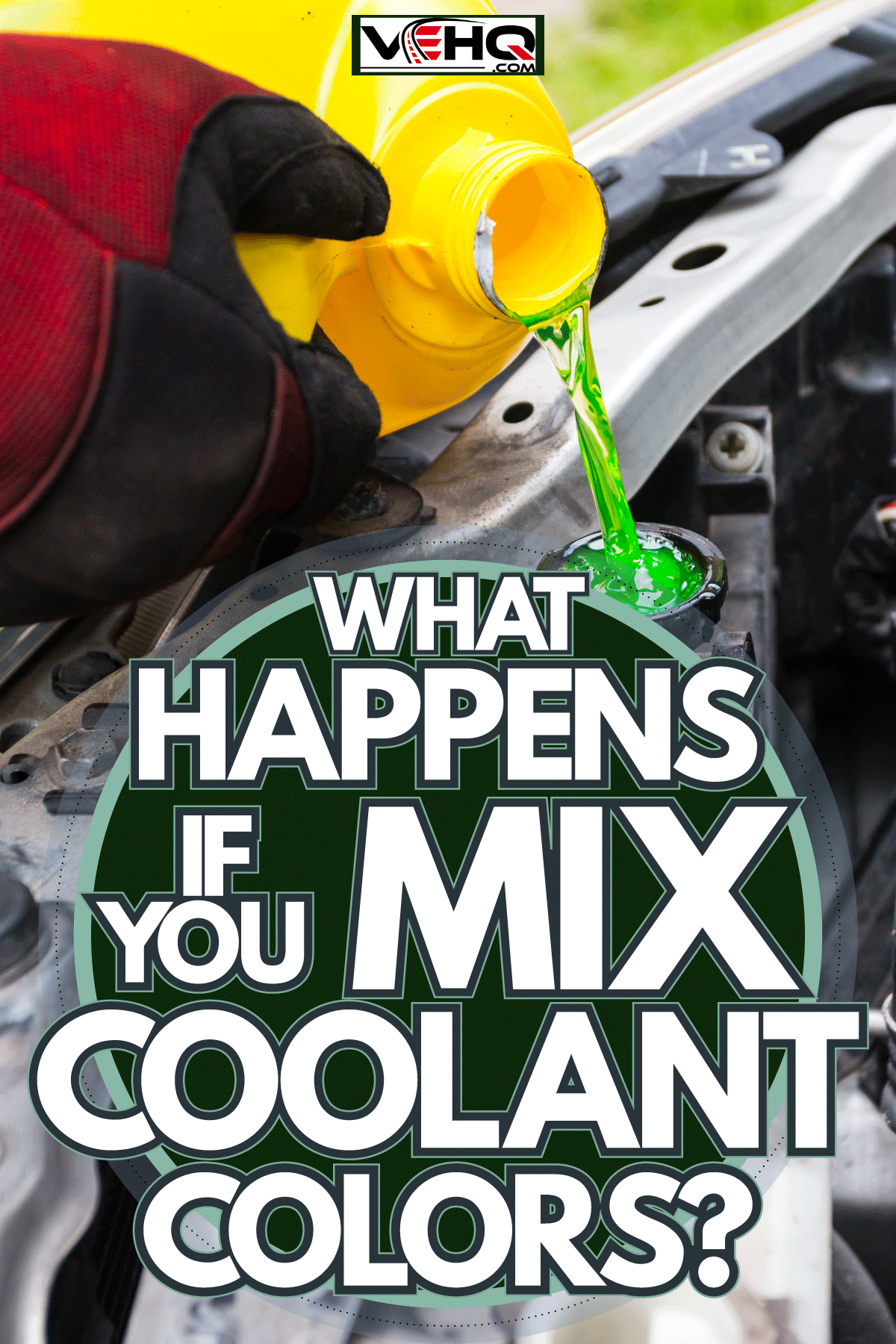
What is a Coolant?
A coolant is a unique fluid that flows through your vehicle's engine to maintain its correct temperature range. Coolant is a half mixture of glycol and water. Glycol exemplifies the antifreeze component of the mixture. It guarantees that the fluid does not turn to ice under severe winter conditions.
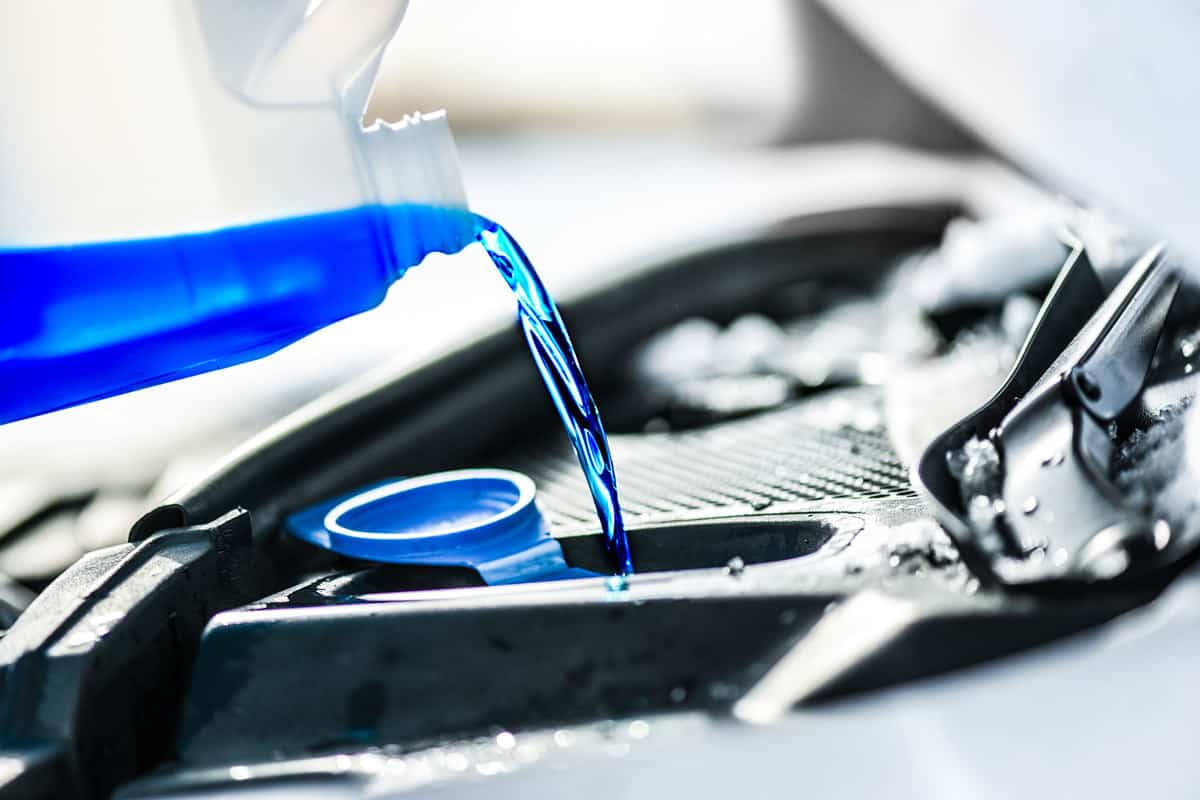
Coolant is made from ethylene glycol or propylene, water, and a protection additive (usually in small quantity). It comes in either blue, green, or even pink pigments.
Coolant reduces the temperature of the engine of the vehicle continuously, and it plays an essential role in every vehicle.
The heat produced when a vehicle runs can destroy the engine quickly through constant internal combustion. The synergy between glycol and water enables them to perform at optimum levels regardless of the temperature.
What Colors Does Coolant Come In?
Generally, most coolants come in green color. Due to advancements in automobile technology, some coolants come in different colors, including yellow, pink, red, orange, and blue. These coolant colors are based on their separate formulas.
The most popular type is green coolant. However, green coolant doesn't last as long as its orange-colored counterpart. You should always double-check or even triple-check your engine's recommended coolant at intervals before flushing the coolant every few thousand miles.
Features of Different Coolant Colors
Dexcool, an orange coolant, is another frequently used coolant. According to its manufacturers, if you use Dexcool, you would only have to clean your system once every 150,000 miles. Because it has a significantly longer service life than regular coolant.
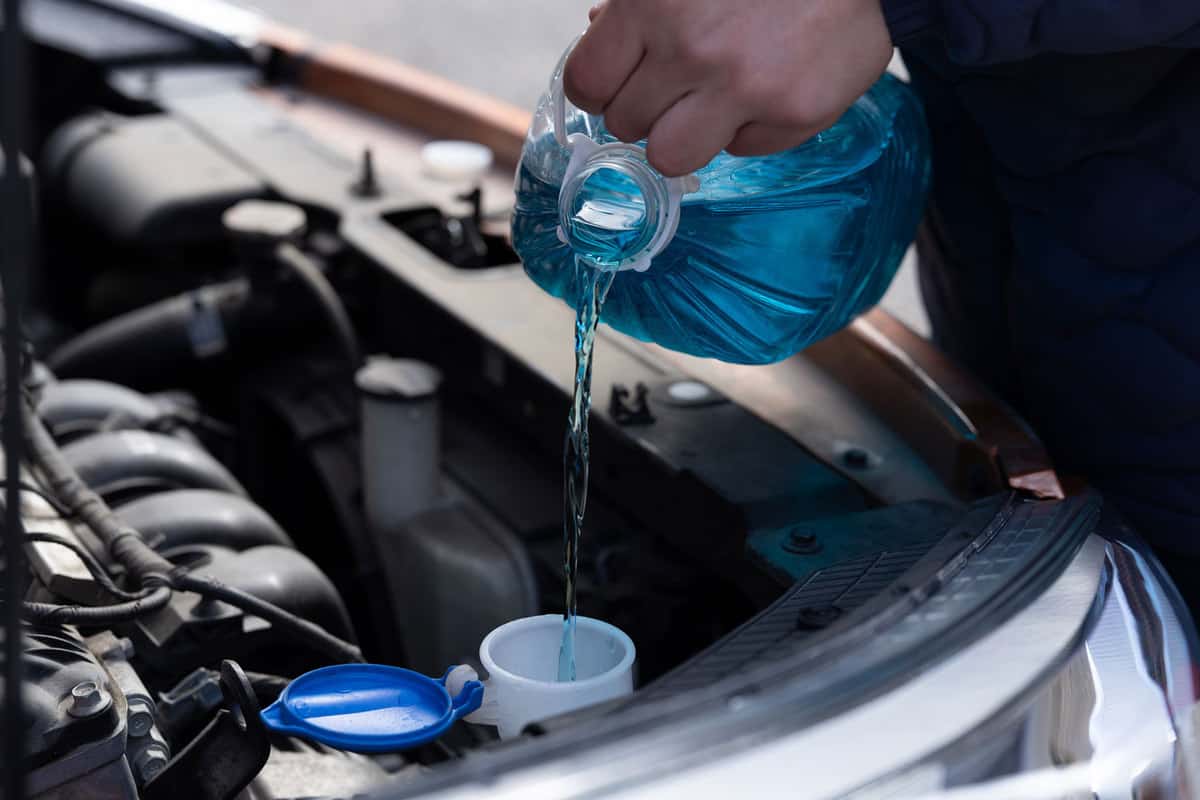
The only disadvantage is that Dexcool does not always function as expected. Furthermore, not all orange coolants are Dexcool. If your vehicle has just undergone maintenance by a third party, you should always ask for the type of coolant used. Relying entirely on the color to determine the type of coolant in your vehicle isn't a safe practice.
While green and orange coolants are the most prevalent, pink, blue, and gold coolants can also be found in automobiles. This is determined mainly by the manufacturer of your car and the type of coolant they recommend.
Distinctions Between Different Coolants
The distinctions between various antifreeze vary, but the additives utilized in each are the same. They are all made from glycol, with different additional components. This is why mixing them isn't recommended.
Stop by the dealership or cleanse the entire system before adding the new coolant if you can't find the specific coolant recommended for your car. Keep in mind that changing the coolant in a vehicle that is still under warranty can violate the warranty.
Types of Coolant
In previous years, most cars were manufactured with similar cooling parts and system formulas. But recently, the cooling system mostly varies from vehicle to vehicle. They now include steel, aluminum alloy, nylon, etc.
As a result, the correct type of coolant that is most suitable for your car is based on the car's model, production year , and the country in which it is produced, etc. Unlike many decades ago, drivers today need to know the type of coolant suitable for their specific cars. These are the most common types of coolants.
Inorganic Additive Technology (IAT)
This coolant has a transparent green color. It is less efficient and not commonly used in modern cars. While other modern coolants last for about five years and above, IAT coolants must be changed every two years.
IAT coolant is primarily found in cars produced in the USA between 1920 and 1990. It is made of silicate and phosphate corrosion resistance components which are used to preserve the engine's metal parts.
Organic Acid Technology (OAT)
Organic acid technology is used primarily in modern-day cars. It can come in different colors, including pink, red, blue, and even dark green.
Organic acid technology is the same as organic additive technology. It uses carboxylic acid to impede corrosion to enable it to last longer. It is highly recommended that OAT should be removed from the cooling system after every 135,000 miles or after every five years.
OAT coolers are used in cars like Nissan, Mitsubishi, Honda, Toyota, etc. OAT is a superior coolant to IAT. Cars produced by the general motors use this formula, but it may not be compatible with other car models.
Hybrid Organic Acid Technology (HOAT)
Hybrid organic acid technology is a derivative of organic acid technology. It is designed to work more efficiently compared to OAT and IAT. HOAT comes in orange or yellow color, and it's typically used in Ford and Chrysler vehicles.
It is very durable and can stand the taste of time. This type of coolant is designed for modern cars. HOAT coolants use silicate to enable aluminum protection as well as prevent corrosion. It is advisable to flush out the system after every 150,000 miles.
Should I Mix Different Coolant Colors? [What happens]

There are different opinions when it comes to mixing coolant colors. Some believe it is not a problem mixing them. Others also say the colors don't matter, just the type of coolant. However, expert research has proven that it is not advisable to mix different coolant colors.
For instance, combining ethylene glycol with silicate phosphate or propylene glycol and organic acid would prove abortive. When mixed, they form a gel that gums up your cooling system, causing the engine to be overheated, resulting in expensive damage.
Can I Mix Old Coolant With New Ones?
When you notice your vehicle's coolant is running low, you can add the appropriate coolant to activate the engine. Before mixing this coolant, always check the vehicle's suitable engine coolant. Allow the engine to cool down and never remove the coolant reservoir when the engine is still hot.
Not all engine coolants are compatible, and no flushing will be required when adding coolant of the same kind. Coolant must always be added when low to activate the vehicle's engine.
Mixing old and new coolants of various types could result in significant and expensive damage. The mixture starts to solidify and can result in your engine overheating, which can lead to the following issues:
Degraded Cylinder Heads
Your vehicle's cylinder heads are most likely comprised of aluminum, which can only withstand so much heat. The cylinder heads become warped if your car continues to run too hot. In the worst-case scenario, this will result in numerous engine misfires and a blown head gasket.
Head Gasket Breakage
If your engine's head gasket fails, the coolant and oil will mix, damaging the engine. You will notice smoke rising from the vehicle, and the repair might include completely rebuilding the engine. This repair may set you back thousands of dollars and take time.
Marred Hoses
If your automobile is allowed to overheat, the coolant will boil and expand like any other liquid. This could cause pressure to build up inside the hoses, causing them to burst and separate from your radiator or engine.
All of these engine malfunctionings take expertise and ample time to repair. It might even be cheaper to buy a new vehicle entirely.
What Happens If You Put The Wrong Coolant In Your Car?
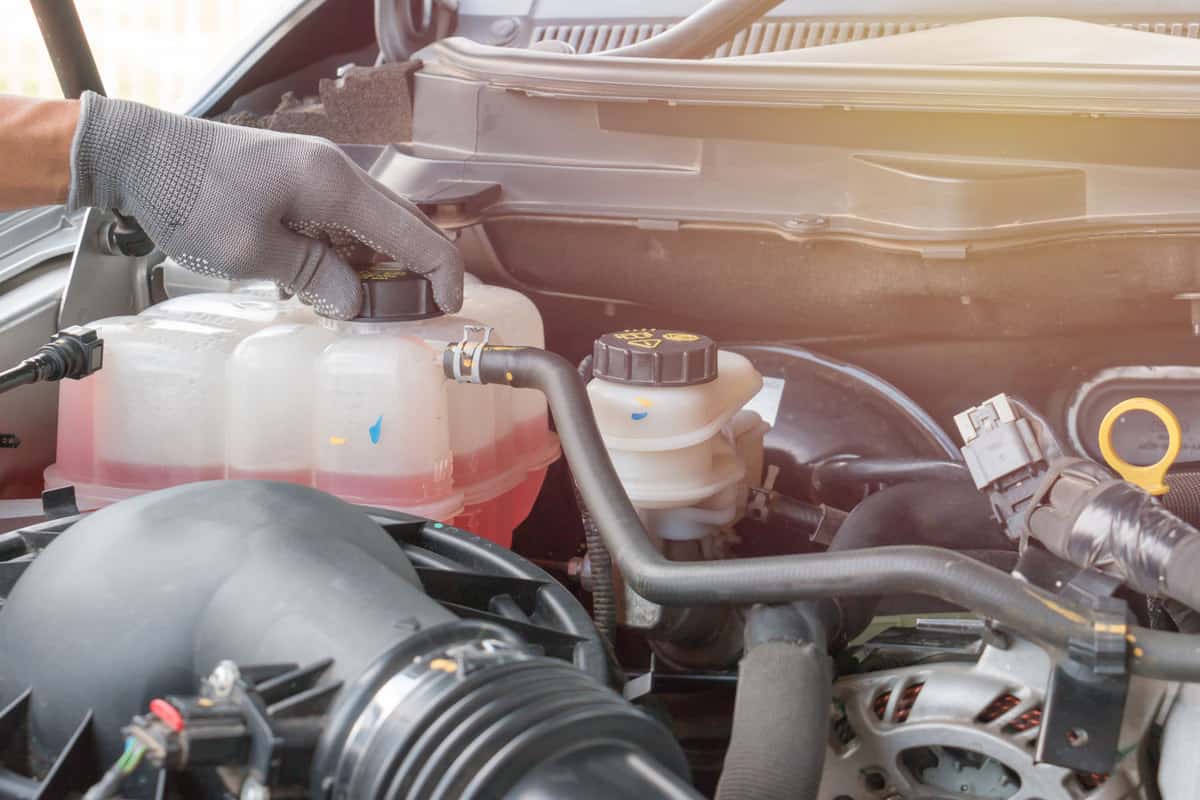
If the wrong coolant or a mixture of multiple types is used, it might drastically reduce the car's performance. It may also cause the radiator to corrode. It is crucial to remember that the coolant you should use cannot be determined solely by its color.
Corrosion and other problems to the water pump, radiator, and other components might result from using the incorrect coolant. Having your vehicle serviced by an experienced auto technician is an excellent method to ensure you obtain the correct coolant.
Conclusion
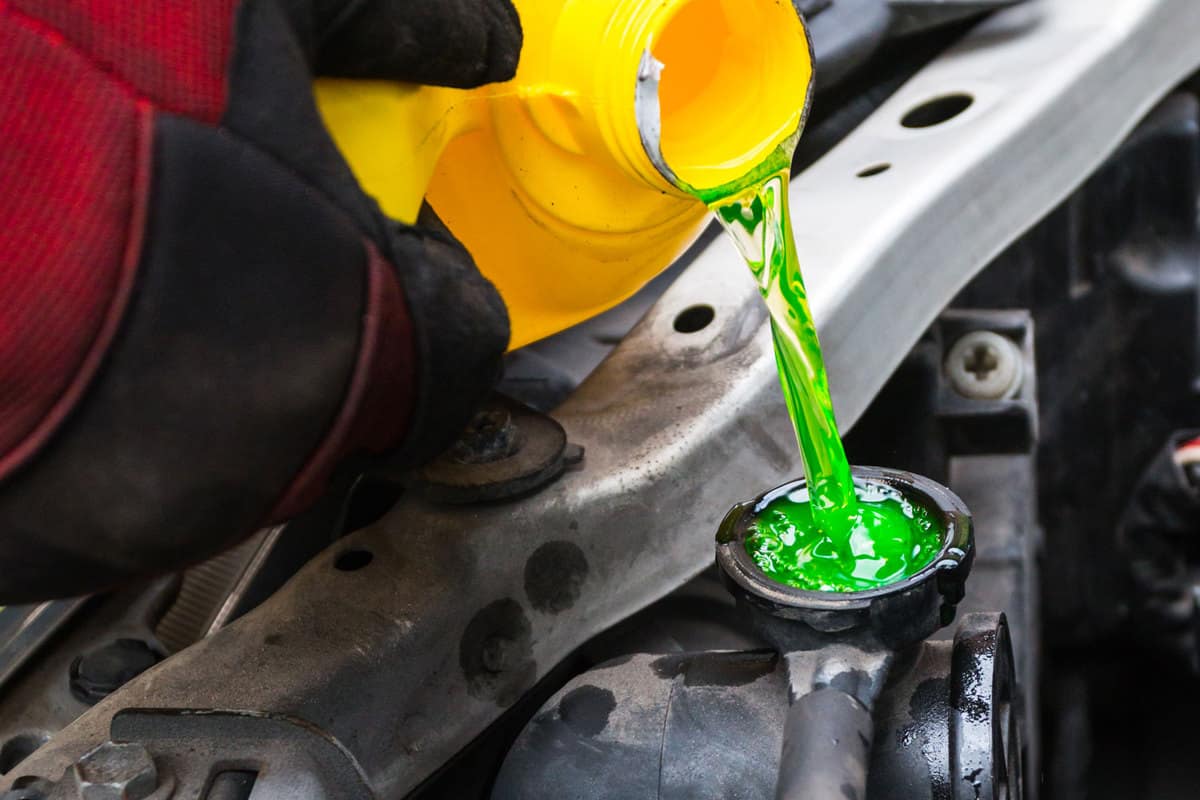
When it comes to combining one type of coolant with another, few people think of the secondary consequences. If you are trying to save a few bucks by mixing coolant, it can result in damages that would require even more spending. We hope you found this post helpful. To read more about coolants, check the following articles:
